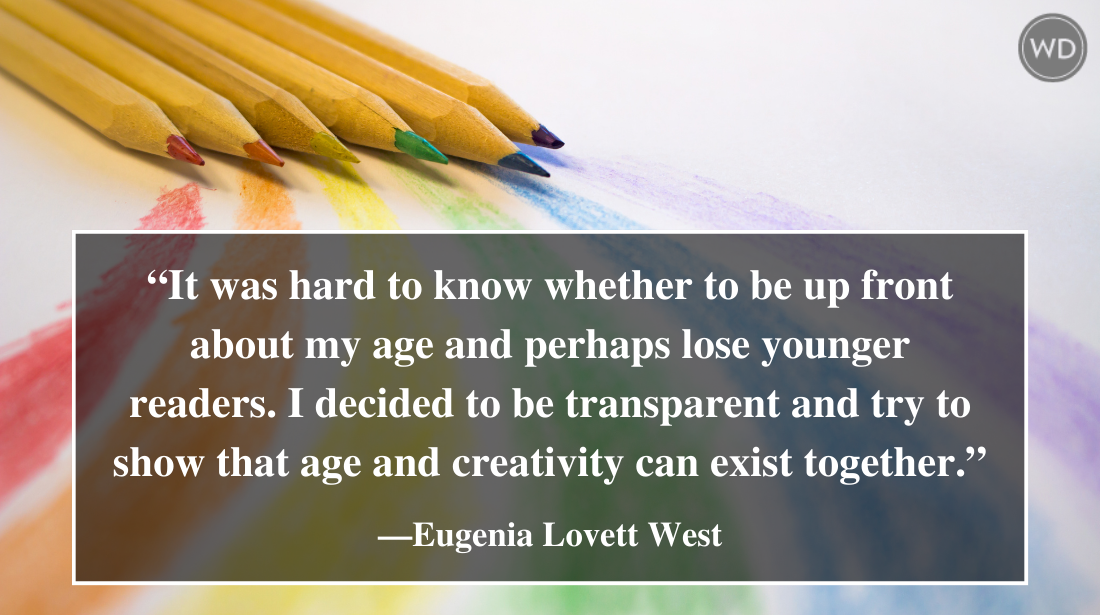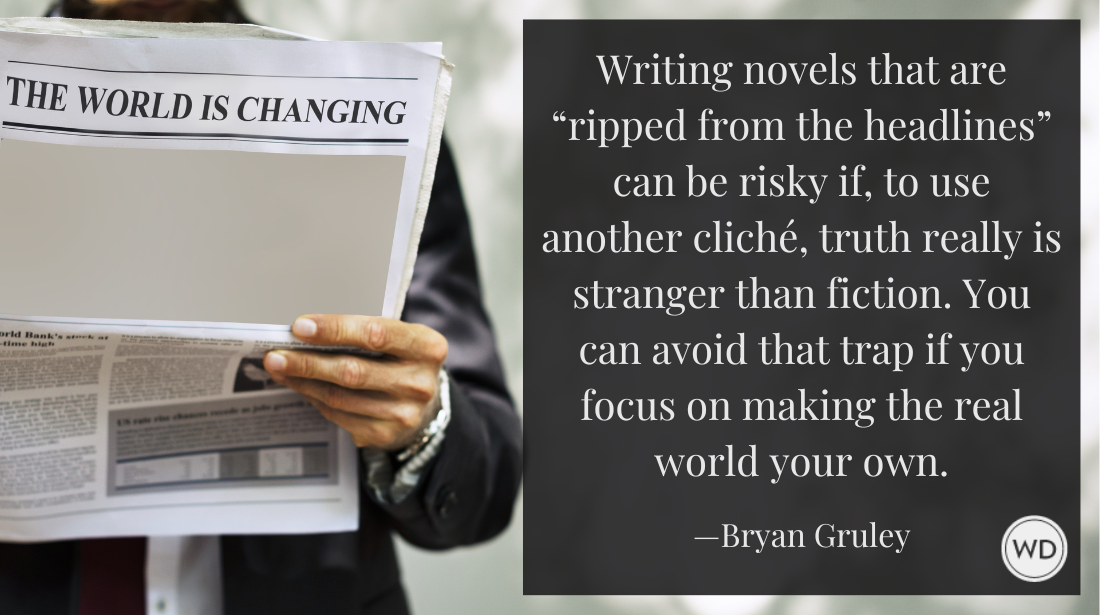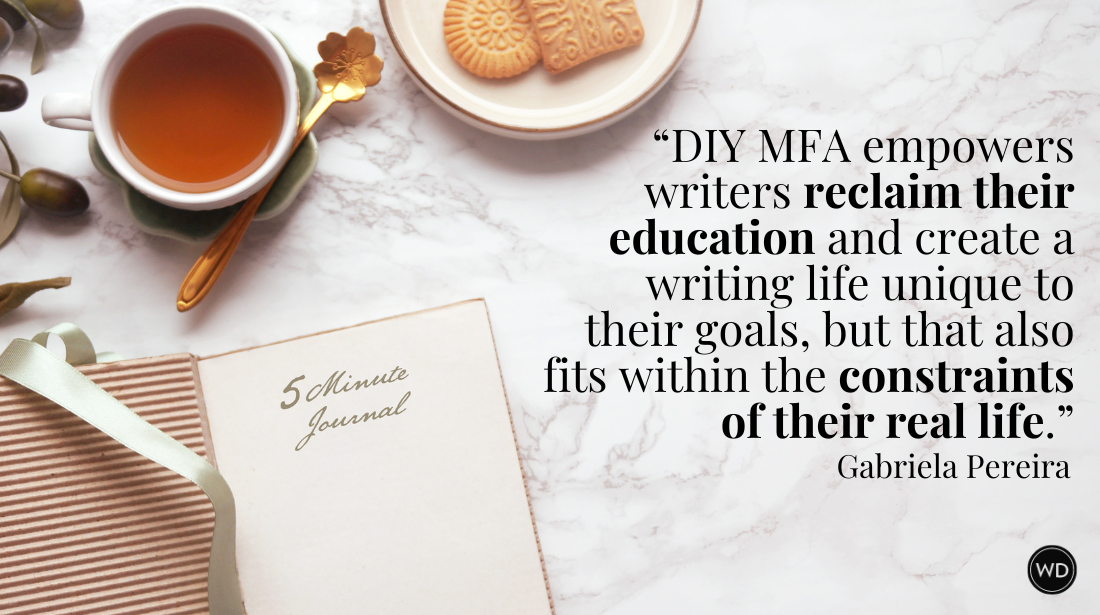Pugilistic Passion for the Artist and the Athlete
Today’s guest post is by storyteller extraordinaire Darrelyn Saloom. Follow her on Twitter, or read more of her guest posts for this blog. The photo above shows boxer Deirdre Gogarty…
Today's guest post is by storyteller extraordinaire Darrelyn Saloom. Follow her on Twitter, or read more of her guest posts for this blog. The photo above shows boxer Deirdre Gogarty bloodying the face of Stacey Prestage in 1993.
Women are not allowed to box is a declaration Deirdre Gogarty
heard often growing up in Ireland. Not only was boxing illegal for
women at the time, it was socially frowned upon. Her father, an oral
surgeon, inventor and gifted artist, didn’t want his youngest daughter
to fight. Expectations were of college, art school, marriage, and
children. But once she feasted her eyes on a champion boxer, nothing
would stop her.
At the age of twelve, Deirdre turned on the
television and heard the name Dempsey. Mesmerized by a documentary
about the legendary prizefighter, she was left hungry for the sport.
She asked her dad to fabricate a heavy bag for hitting. And he did, but
only after advising that girls aren’t supposed to hit things.
But
Deirdre didn’t listen to her father or even consider his advice, though
she was discouraged the first time she threw her fists upon the
makeshift bag (stuffed with newspapers and rags). When her father left
her alone to unleash a few punches, her sister’s boyfriend, Liam,
slithered outside the garage to mock her tomboyish attempts. Here’s an
excerpt from Deirdre’s (in-progress) memoir:
“Look at the little boy!” a brash voice hisses. “You couldn’t punch your way out of a wet paper bag!”
It’s Liam, who no doubt had waited for Dad to leave. “Do you piss standing up as well?”
“I’m not a boy!”
He taps the side of my face.
“C’mon little boy,” he says. “Show me how tough you are.”
The
homemade bag was buried after that, but not for long. No, boxing was
not some passing fancy. The budding athlete’s passion was so intense
she’d go on to defy her parents, her country, and find coaches willing
to train a woman, not knowing if she’d ever be allowed to box. She would have to find a way because for Deirdre, to box was to breathe. It was life.
And
nothing seemed to extinguish her fury. Not frequent insults or teasing,
exhaustion or beatings. She trained and sparred with men, lightweights,
heavyweights, and champions. As we collaborated on each chapter, my
respect and admiration for her grew. But a recent chapter made me
thankful my own passions never included bouts in a ring.
In
the fifth, I fear the doctor will stop the fight. So I push myself to
the limit of collapse, beg my body to function—but it wants to die. I
manage to squeeze enough energy to stay upright and even catch my
opponent with stinging head shots. Combinations ripple up and down my
head and torso. So I rip combinations right back. Exhausted, lungs
struggle for breath, muscles scream with pain. But we stand
head-to-head, toe-to-toe. So many punches are flying; it’s hard to know
who’s winning this round.
I’m landing clean shots in the sixth,
and my rival slows down. So I catch her with a left hook. She tries to
escape along the ropes, but I slide with her and nail another left
hook. And then she unleashes combinations. Again, we stand head-to-head
and exchange blows as sweat floats and sprays like Mum’s garden
sprinkler in Mornington, an image that helps me to escape the
rapid-fire pain of gloved fists. And then I sense the roar of the crowd
as they leap to their feet, seconds before the bell.
It
was a brutal fight and a painful chapter to write. And it left me
curious to know why anyone would choose such a vicious sport, a sport
(like other sports) that forced participants to run miles every day, to
spend hours in a gym, and (unlike other sports) to get punched in the
face. So I took Deirdre to lunch and asked her: “Why boxing?” And do
you know what she told me? She said, “I didn’t pick boxing. Boxing
picked me.”
And then I understood. There are different types
of passion. One is like a blaze that roars but goes out. It can be
extinguished. Its ashes are smudged numbers of ex-lovers, or items
stuffed into garages, closets, and Goodwill bins: tennis racquets,
treadmills, and bicycles (you get the picture). The passions we choose
are often abandoned.
But the passions that choose us are as
intrinsic as life, hence the aspiring though starving painters and
sculptors, poets and prose writers, playwrights and actors, cellists
and maestros, inventors and architects. It’s the same pugilistic
passion that fueled an athlete, a young girl in Ireland who fought her
way out of depression and into championship fights:
Beau
urges me to stay on my stool until the start of the seventh round. He
wants me to get every possible second of rest. But my attempt to box is
weak. And then my adversary springs an attack. I desperately try to
fight her off, but she presses me to the ropes. My legs are gone, so
she plants her feet and rips into me. Don’t stop punching back! But my
arms are dead. I can’t move. Keep punching back or they’ll stop the fight! Keep punching back or they’ll stop it!
The
paragraph ends, but not Deirdre’s story. Though it is a perfect example
of what it takes to survive for the chosen artist or athlete: to keep
punching back when you’re not allowed to compete; to keep punching back
in spite of insults and teasing; to keep punching back when you’re
fearful of losing; to keep punching back until the end of the fight.
Pictured below: Deirdre Gogarty with her American coach, Beau Williford, in 1997.
Jane Friedman is a full-time entrepreneur (since 2014) and has 20 years of experience in the publishing industry. She is the co-founder of The Hot Sheet, the essential publishing industry newsletter for authors, and is the former publisher of Writer’s Digest. In addition to being a columnist with Publishers Weekly and a professor with The Great Courses, Jane maintains an award-winning blog for writers at JaneFriedman.com. Jane’s newest book is The Business of Being a Writer (University of Chicago Press, 2018).









